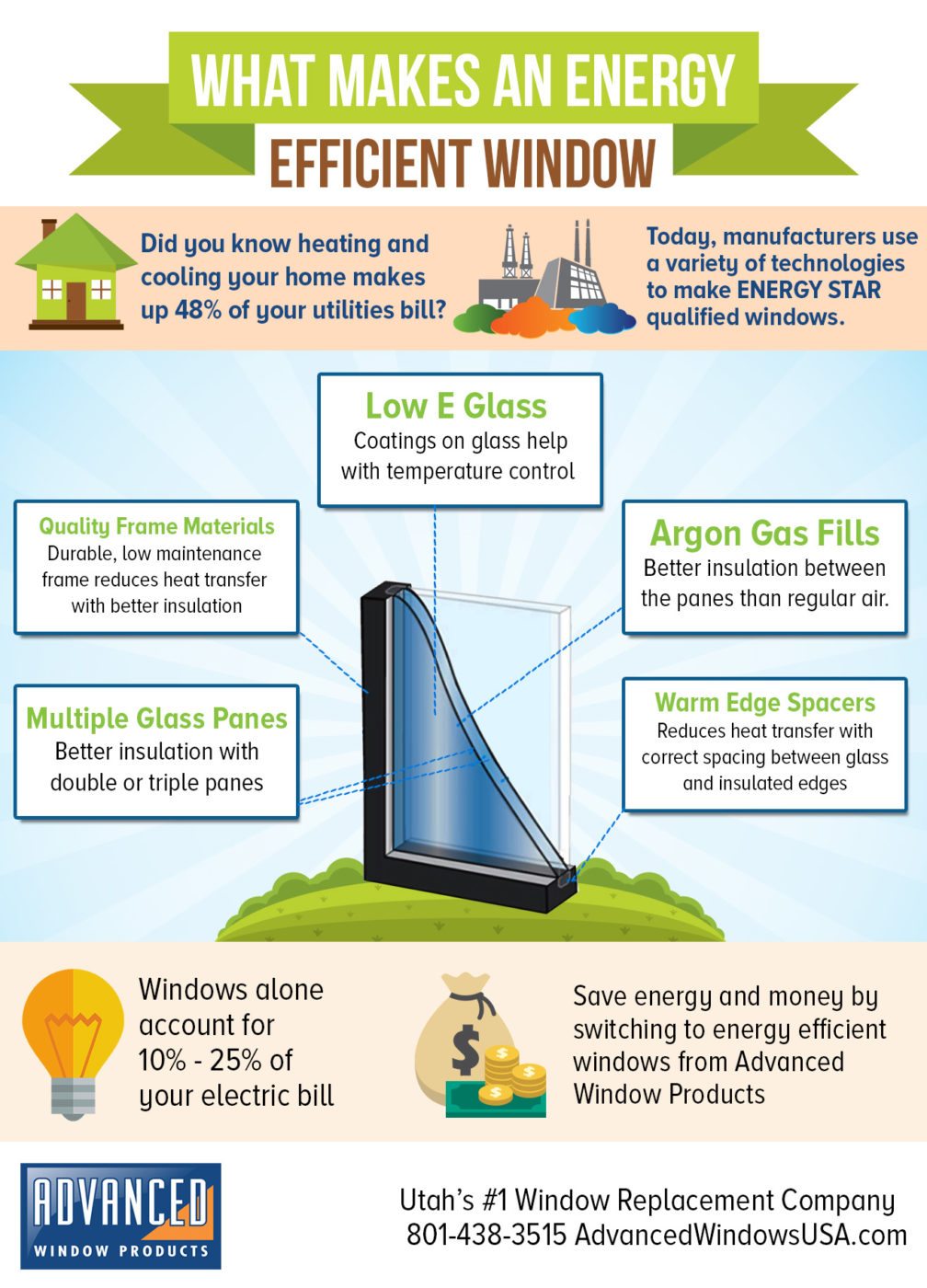One Of The Most Efficient Pressure Washing Practices For Each Surface Classification
One Of The Most Efficient Pressure Washing Practices For Each Surface Classification
Blog Article
Content Writer-Coley Mosley
When it comes to press washing, the method you pick can make all the distinction in accomplishing a tidy, streak-free coating. why not try these out might locate that difficult surfaces, like concrete, call for a various technique than softer materials, such as wood or vinyl. It's important to adjust your approaches to the surface kind to avoid damages while optimizing cleaning performance. So, what are the very best strategies for every surface, and just how can you ensure you're using the best setups and devices for the task? Let's explore what you require to know to obtain the best results.
Difficult Surface areas
When it concerns pressure washing tough surface areas, preparation is key. Prior to you even think of taking out the stress washer, take the time to remove the area of any kind of particles, furniture, or barriers. You don't desire anything getting in your means or potentially destructive your equipment.
Next, evaluate the surface area for any cracks or damages; this will aid you identify the right approach and pressure setups.
As soon as you have actually prepared the location, it's important to choose the ideal nozzle. For difficult surface areas like concrete or block, a slim nozzle (15 or 25 levels) works best to supply a focused stream of water that can efficiently eliminate gunk and stains. Always start at a distance and progressively move more detailed to prevent any type of surface damage.
As you start washing, maintain the stick moving to stop streaks and over-saturation. It's also handy to function from the top down, enabling dust and particles to remove naturally.
Finally, keep in mind to rinse the surface extensively after cleaning to remove any type of remaining cleaning agent. With these techniques, you'll accomplish a clean and rejuvenated look on all your hard surface areas.
Soft Surfaces
Stress cleaning soft surface areas requires a gentler method to shield them from damage. Whether you're cleaning your deck, patio area furnishings, or house siding, using too much pressure can cause dents, scrapes, or perhaps irreversible damage.
Beginning by selecting a low-pressure nozzle, preferably a 25-degree or broader spray pattern, to spread the water much more delicately.
Before you start, it's vital to pre-treat any stains with a suitable cleaning remedy. This action permits the cleaner to pass through the dirt and gunk, making it simpler to get rid of without rubbing too hard.
Constantly use the option from all-time low approximately avoid streaking.
When https://upholsterycleaners32086.blogscribble.com/32603583/seasonal-stress-washing-the-ideal-times-and-factors-for-outside-cleansing begin stress cleaning, maintain a range of at least 12 to 18 inches from the surface. Relocate your stick in a sweeping activity, maintaining it parallel to the surface to avoid concentrated pressure on one place.
Wash the area thoroughly after cleaning to get rid of any recurring cleanser.
Last but not least, check the surface for any kind of missed out on spots and duplicate the process if needed. By following these actions, you can properly tidy soft surface areas while maintaining their honesty and look.
Specialty Surfaces
Cleansing soft surfaces calls for treatment, but specialized surface areas demand a lot more attention to detail. When you take on these surfaces, like delicate wood, discolored concrete, or specific sorts of home siding, using the best pressure washing methods is crucial to avoid damage.
First, assess the product. For instance, treated wood can usually stand up to moderate stress, yet softer timbers like cedar might require a reduced setting. Always start with the lowest pressure and slowly enhance if needed.
For stained concrete, use a fan spray nozzle and keep a constant range to stop etching the surface area.
When managing surface areas like vinyl exterior siding or painted surface areas, a wide spray pattern aids distribute the pressure evenly, protecting the coating.
It's also important to use detergents specifically developed for specialized surfaces. They can improve cleansing without compromising the product.
Wash extensively after cleaning to eliminate any kind of deposit, as it can lead to staining or wear and tear with time.
Final thought
Finally, understanding stress cleaning methods for various surfaces can make all the difference in your cleaning results. For hard surface areas, stay with narrow nozzles and a top-to-bottom approach, while soft surfaces need a gentler touch with wider nozzles. Do not fail to remember to pre-treat discolorations and rinse thoroughly to avoid deposit. By adapting your approaches per product, you'll not only attain a cleaner coating however also secure the integrity of your surfaces. Delighted cleaning!
